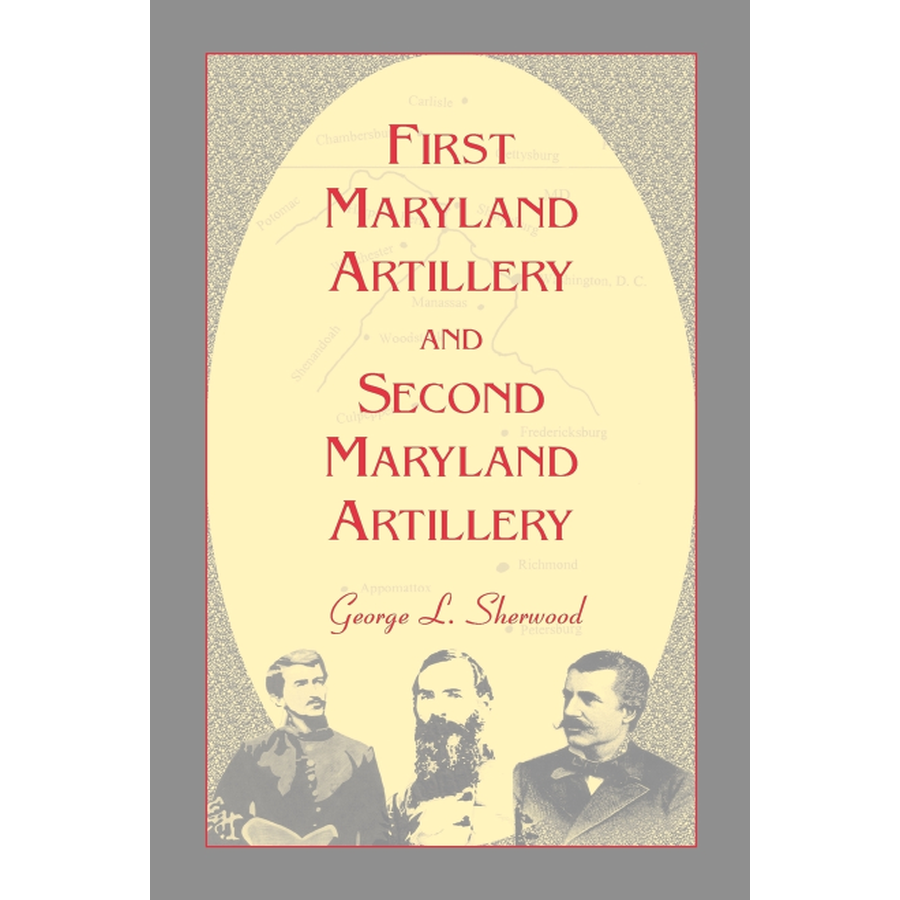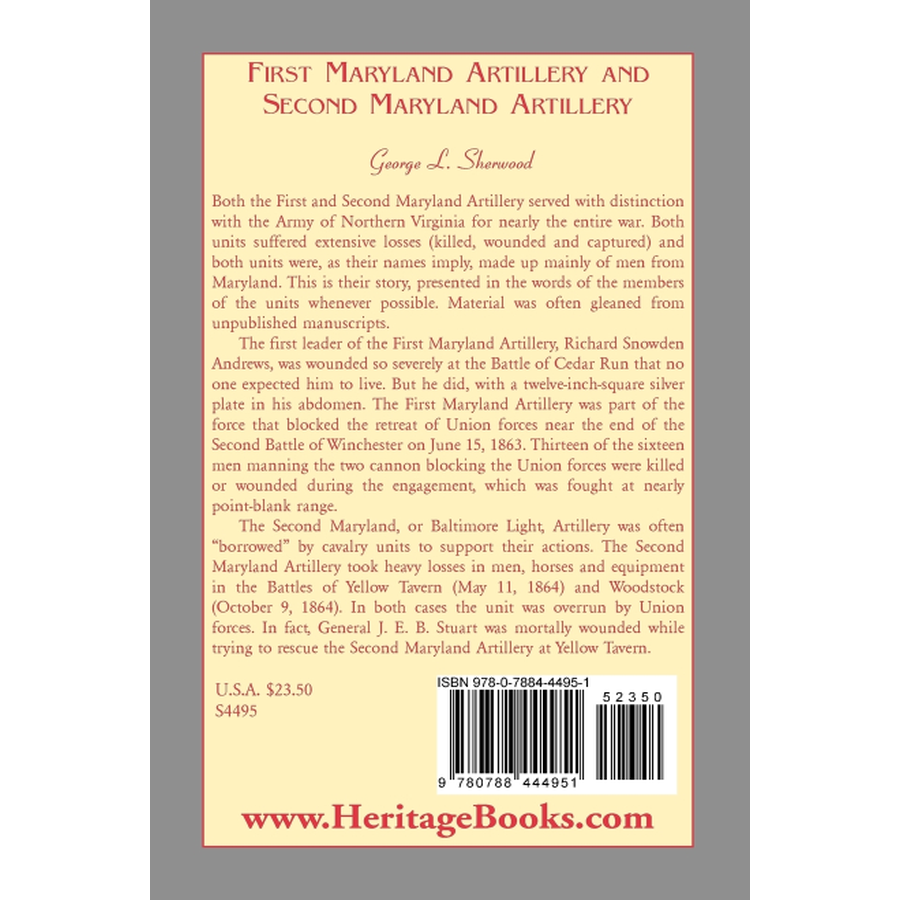First Maryland Artillery and Second Maryland Artillery
Couldn't load pickup availability
Both the First and Second Maryland Artillery served with distinction with the Army of Northern Virginia for nearly the entire war. Both units suffered extensive losses (killed, wounded and captured) and both units were, as their names imply, made up mainly of men from Maryland. This is their story, presented in the words of the members of the units whenever possible. Material was often gleaned from unpublished manuscripts. The first leader of the First Maryland Artillery, Richard Snowden Andrews, was wounded so severely at the Battle of Cedar Run that no one expected him to live. But he did, with a twelve-inch-square silver plate in his abdomen. The First Maryland Artillery was part of the force that blocked the retreat of Union forces near the end of the Second Battle of Winchester on June 15, 1863. Thirteen of the sixteen men manning the two cannon blocking the Union forces were killed or wounded during the engagement, which was fought at nearly point-blank range. The Second Maryland, or Baltimore Light, Artillery was often "borrowed" by cavalry units to support their actions. The Second Maryland Artillery took heavy losses in men, horses and equipment in the Battles of Yellow Tavern (May 11, 1864) and Woodstock (October 9, 1864). In both cases the unit was overrun by Union forces. In fact, General J. E. B. Stuart was mortally wounded while trying to rescue the Second Maryland Artillery at Yellow Tavern.
George L. Sherwood
2007, 5.5" x 8.5", paper, 214 pp.
ISBN: 9780788444951
101-S4495

